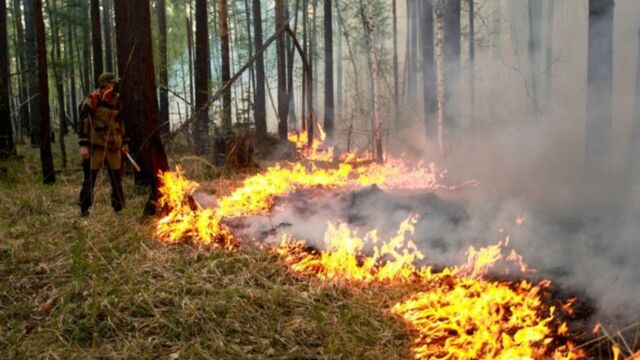The Arctic Is On Fire And It Could Have Some Serious Consequences

Over the last few years, more and more reports have expressed concern over the melting ice in the Arctic, but now flames have taken over the cold, northern region.
The fires spanning across areas of the Arctic circle—Greenland, Alaska, northern Canada, Syberia—poses a threat to polar bears, the treeline, and Earth in general.
Discover our latest podcast
Over the summer, the wildfires set 2.4 million acres ablaze in Alaska, as well as a tremendous amount in northern Canada and Greenland. Meanwhile, a blanket of smoke covered 13 million acres in Syberia.
More under this adMore under this adSome experts claim that it’s “normal” for fires to occur in these places, but the frequency and ferocity of these fires may not be totally normal. Another long-time fire expert, Philip Higuera, says that the fires aren’t too shocking. In 2016, his team estimated that fires within the Arctic tundra would increase exponentially by 2100.
The warming climate propels more lightning to strike, which, in turn, increases the probability of wildfires. Melting permafrost has also played a role in the forest-fire increase.
More under this adMore under this adWho’s to blame for the rapid increase in smoke and flames? Humans. Even though some wildfires may be considered normal, the intensity of these fires proves that humans have severely impacted the global climate, according to Higuera.
Unfortunately, the numerous wildfires taking place up north will have serious consequences on the air we breathe, the lifespan of certain species, and the general atmosphere. Learn which specific consequences may happen as a result of intense wildfires in our video.
More under this adMore under this ad